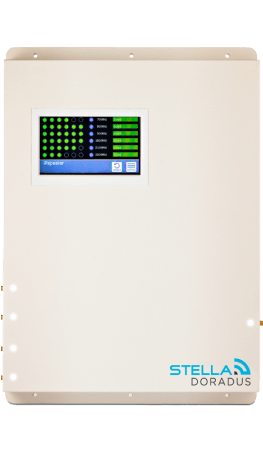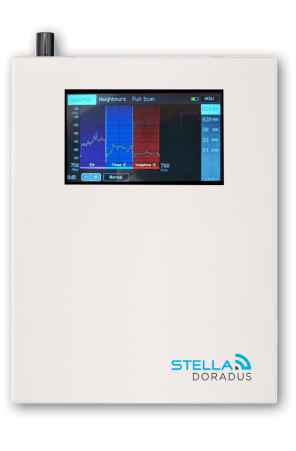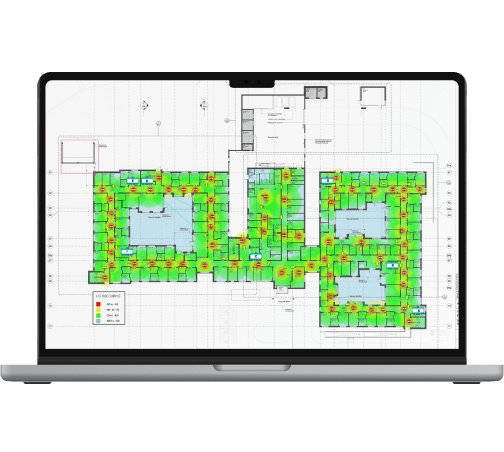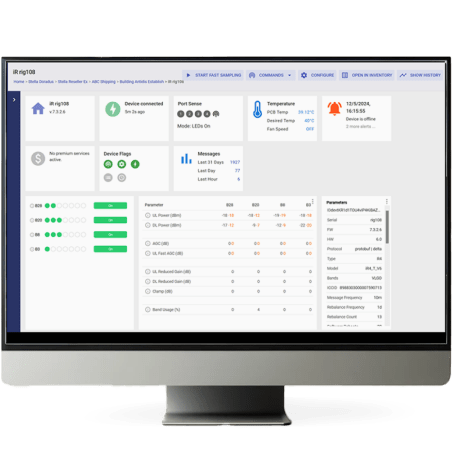Sometimes installing repeater systems can be difficult.
The following tips have being built up over many years. I have had to learn the hard way but I hope to help you avoid my mistakes and make installing repeater systems easier for you.
Install the following apps on your Samsung Galaxy phone:
- Network Cell Info Lite
- Ookla Speed test
4X Samsung Galaxy phones
Alot can be learned with 4 Samsung galaxy phones with SIMS for each of the operators. Install the app, Network Cell Info Lite on all 4 phones. These phones will tell you the band(frequency) you are using, plus the signal power for all operators. All you need is these phones, plus a spectrum analyzer, to do any type of installation, even in very large buildings. To learn more about NCIL, and how useful it is, click here.
Talk to the client
Before the installation, always ask the client which is the most important operators for him. Then you can prioritize this operator when pointing the outdoor antenna at the BTS towers. Sometimes it can be difficult to boost all operators effectively, so if the client mentions he really only wants one operator in particular, then this makes your job easier.
Ask the client, are calls the most important , or is data also important, or parhaps only data is important. This information can help you in deciding how best to prioritize your time when testing the system. If the clients priority is calls, then you should focus on calls.
First test signal outside the building.
Before you do anything, you should do call tests and speed tests outside the front entrance of the building. On Network Cell Info Lite (NCIL), look at the band number, the signal power, AND the CELL ID. (See image below).
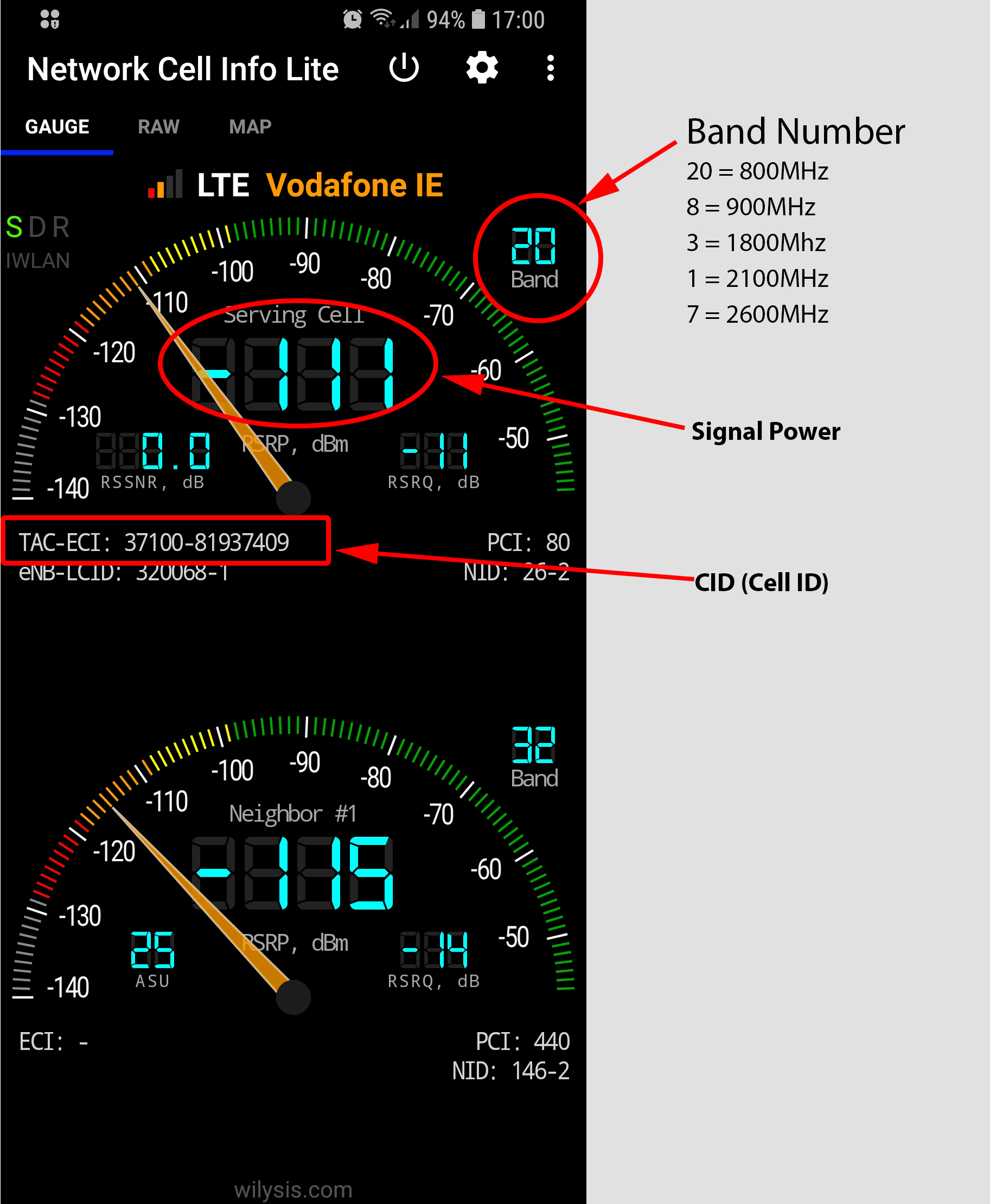
Do this for all required operators and take down your results in a notebook. This is very useful to know. Remember, a repeater system will only take the signal from outside a building and bring it inside. It does not guarantee to improve the signal, it just repeats it.
Therefore , if the natural signal is very poor outside the building, then, even after installing the repeater system, the signal may still be poor inside the building.
Furthermore, you can use this information to manage the expectations of the client.
Typical information I like to gather in these tests:
- Operator: Vodafone
- Signal Power: -111dBm
- Band: 20
- LAC-CID: 37100-81937409
The LAC(Location Area Network) and CID (Cell ID), is the identification of the BTS the phone is currently connected to. For complicated installations, it is important to keep a record of these towers, to help you understand what is going on in this particular building.
To understand more about CIDS and LACs, click here.
Make a checklist
Before driving to your installation site, go through a written checklist of all your tools and items. It is very bad when you drive 2 hours or more to a site only to find you have forgotten some critical piece of equipment. Go through your checklist before leaving your house to avoid these errors. Here is mine..

Test all your cables for any faults.
Test you cables for faults. On inspecting many repeater installation across Europe, I have found many many faults due to badly put on connectors. It is very important that you always check your cable for faults. Read this article to know how to do this.
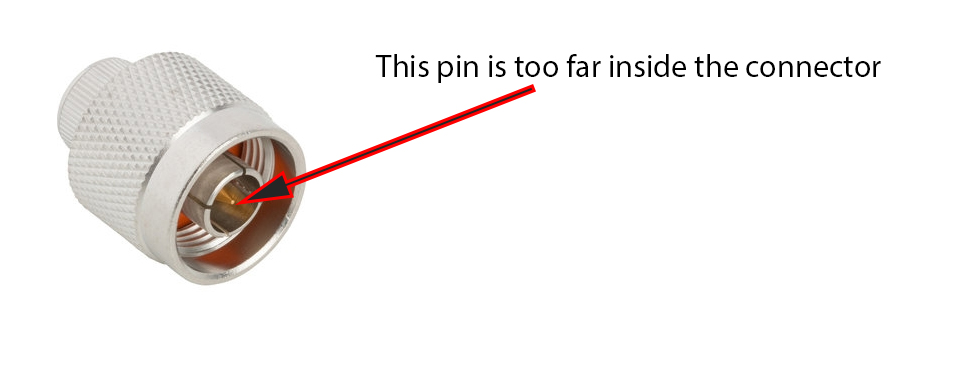
Direction of outdoor antenna.
Generally, you should point your outdoor antenna towards the nearest BTS. This is the dominant tower in the area and is usually visible from the roof.
Check for “natural signal”
“Natural Signal” is the mobile signal outside the building, and also the signal that enters the building through the windows and walls. As a general rule, we do not like to see natural signal inside the building, but more often then not, there is usually some natural signal especially at the lower bands, 800 and 900MHz.
Before installation, as part of your feasibility study, you should check if there is already some natural signal in the building. Take a note of the locations where there is natural signal- it’s usually by the windows. Also , locate the areas where there is no signal at all. You should understand the “RF character” of your building, which will help you later when designing the antenna layout.
Daisy Chain line-amps?
Never install a lineamp right after another lineamp. This raises the “noise floor” and could desensitize the BTS. – essentially alerting the nearby BTS to the presence of a repeater.
The correct installation is, Outdoor Yagi – Repeater – Lineamp – indoor antenna.
To make designing repeater systems easier, try our new Repeater Design Tool.


